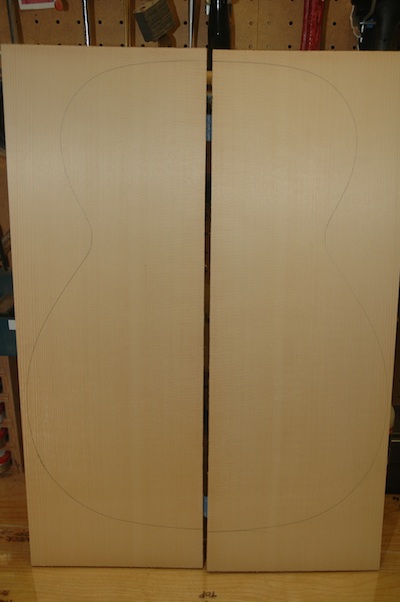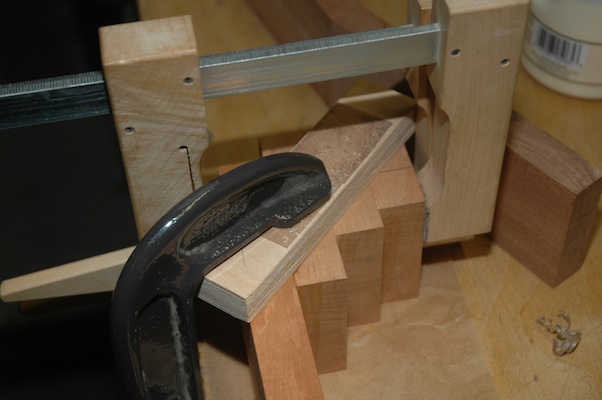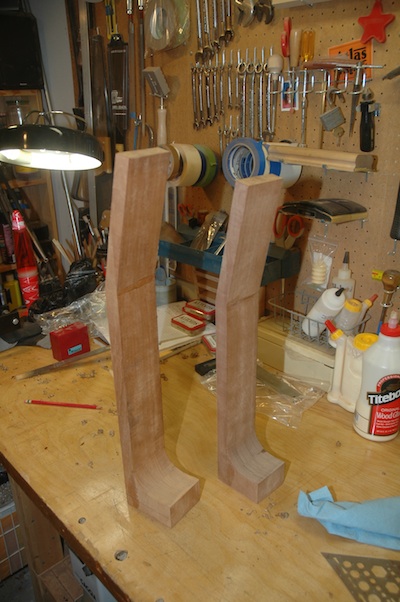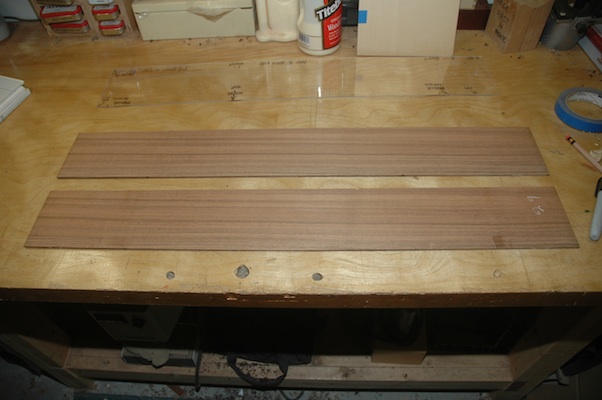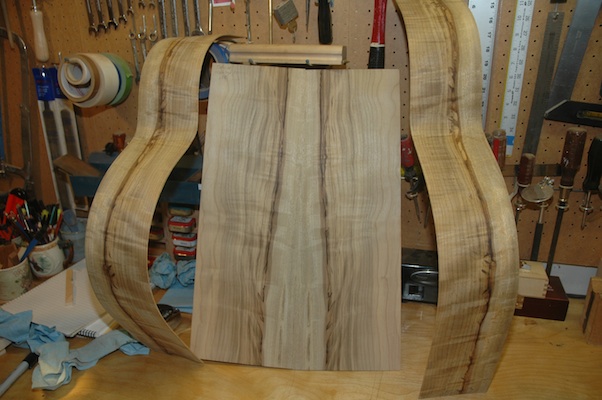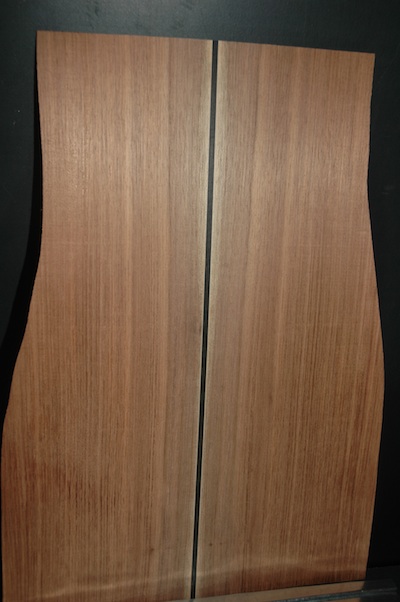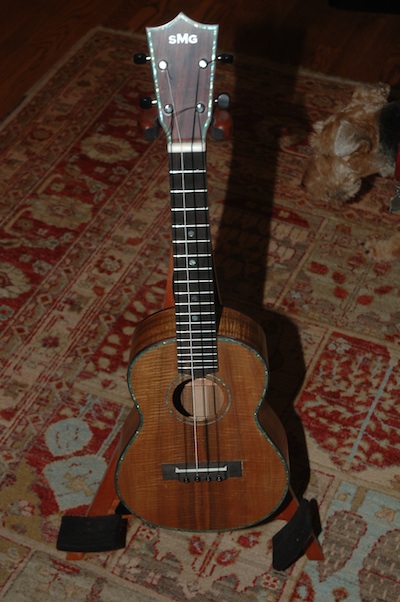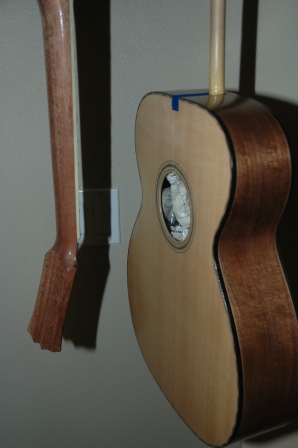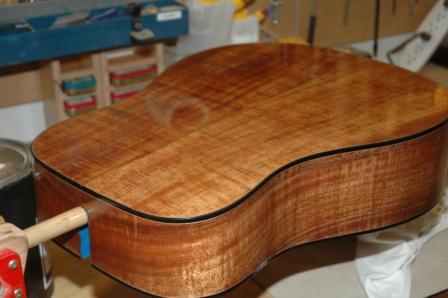February 24, 2011
Devin is a student at the Seattle Art Institute studying Industrial Design. His apprenticeship with me is a graduation requirement. He and I have brought his guitar nearly to completion. It’s finished enough to take on the road and display at his department’s grand opening party. Students in the Industrial Design program will be displaying work from their portfolio, Devin’s being this guitar.
We just completed doing the pore fill step which precedes the final lacquer application. We used Zpoxy as the pore filler, and it is just now dry enough to allow the guitar out of the shop and to go on display.
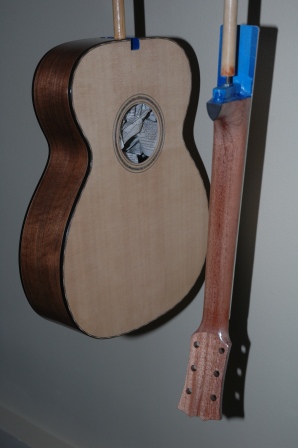
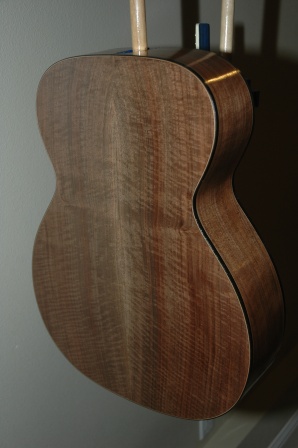
Devin was scheduled to come by last night and prep the guitar to bring to the design fair, yet we were hit by a snowstorm which slowed things down and actually closed my school today. I prepped the guitar this morning and will take it down to the fair for display.
I removed all the masking (which will have to be replaced before lacquer spraying), installed the tuners and bolted on the neck, and taped on the bridge temporarily. I slapped an sMg sticker on the case (for marketing purposes), and stuffed a polish rag and some scotchbrite into the case compartment to give Devin an opportunity to demonstrate his buffing skills during the fair.
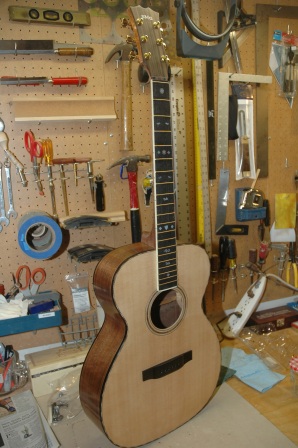
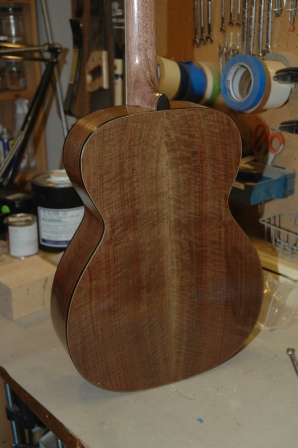
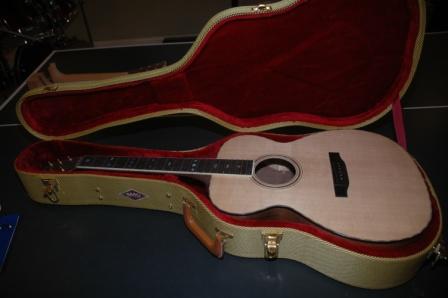
Devin has accumulated enough hours to fulfill his apprenticeship, and we’ll work out remaining shop sessions to finish guitar 903, which coincidentally, has been transferred to Devin for his own.
